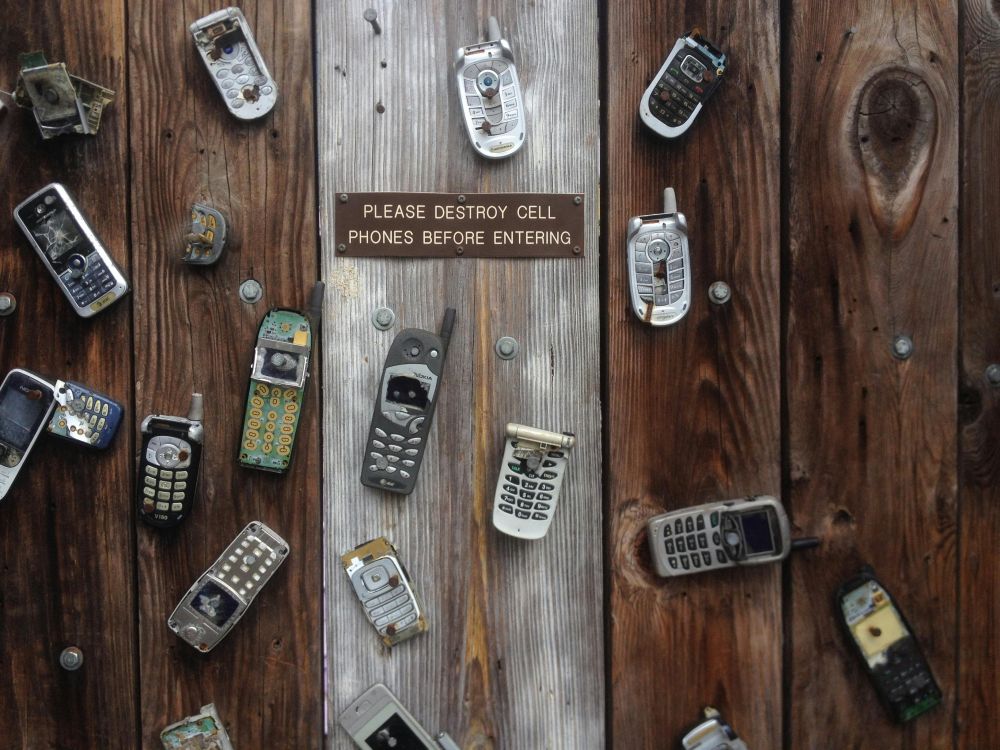
The history of phones is a fascinating journey from early experiments in communication to the advanced smartphones we use today. This evolution has transformed the way we connect with each other and access information. Below, we explore the key milestones in the development of phones.
The Invention of the Telephone
The story of the telephone begins with Alexander Graham Bell, who is credited with inventing the first practical telephone in 1876. Bell’s invention allowed for the transmission of voice over electrical wires, revolutionizing communication. The first words spoken on the telephone were “Mr. Watson, come here, I want to see you,” marking the beginning of a new era in human connectivity.
Early Telephone Networks
Following Bell’s invention, the late 19th and early 20th centuries saw the establishment of telephone networks. These networks required extensive infrastructure, including switchboards and telephone lines, to connect callers. The introduction of rotary dial phones in the 1920s and 1930s made dialing numbers easier and more efficient, further popularizing telephone use.
The Rise of Mobile Phones
The concept of mobile phones emerged in the mid-20th century. In 1973, Martin Cooper, a researcher at Motorola, made the first mobile phone call using a prototype of the Motorola DynaTAC. This bulky device marked the beginning of mobile communication, but it wasn’t until the 1980s and 1990s that mobile phones became more compact and widely accessible.
The Digital Revolution
The 1990s brought significant advancements in mobile technology with the shift from analog to digital communication. The introduction of GSM (Global System for Mobile Communications) standards enabled more reliable and secure communication. During this period, mobile phones became smaller, more affordable, and increasingly popular. Text messaging (SMS) also emerged as a new way to communicate.
The Advent of Smartphones
The early 2000s saw the rise of smartphones, which combined the functionality of mobile phones with that of personal digital assistants (PDAs). In 2007, Apple launched the first iPhone, revolutionizing the industry with its touchscreen interface, internet connectivity, and app ecosystem. The iPhone set a new standard for smartphones and spurred innovation across the industry.
Modern Smartphones
Today, smartphones are powerful devices that serve as essential tools for communication, entertainment, work, and more. Modern smartphones feature high-resolution cameras, advanced processors, large displays, and a wide range of apps. They support 4G and 5G networks, enabling fast internet access and seamless connectivity.
The Future of Phones
The future of phones looks promising, with ongoing advancements in technology. Foldable phones, augmented reality (AR), virtual reality (VR), and artificial intelligence (AI) are expected to shape the next generation of smartphones. As technology continues to evolve, phones will likely become even more integrated into our daily lives, offering new ways to connect and interact with the world.
Conclusion
The history of phones is a remarkable tale of innovation and progress. From Alexander Graham Bell’s first telephone to the advanced smartphones of today, each milestone has brought us closer together and enhanced our ability to communicate. As we look to the future, the potential for further advancements in phone technology is limitless, promising even more exciting developments in the years to come.